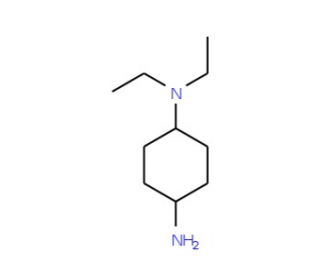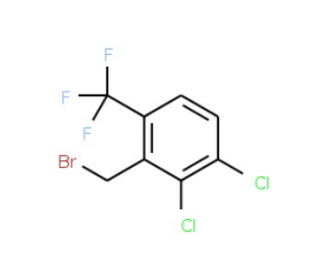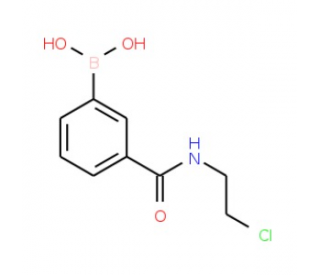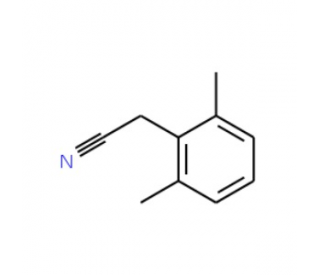详细说明
Purity
>95%, by SDS-PAGE visualized with Silver Staining and quantitative densitometry by Coomassie® Blue Staining.
Endotoxin Level
<0.01 EU per 1 μg of the protein by the LAL method.
Activity
Measured in a cell proliferation assay using CTLL‑2 mouse cytotoxic T cells. The ED 50 for this effect is 0.015-0.075 ng/mL.
Source
E. coli-derived Ala21-Ser153, with an N-terminal Met
Accession #
N-terminal Sequence
AnalysisMet & Ala21
Structure / Form
Monomer
Predicted Molecular Mass
15.2 kDa
SDS-PAGE
14 kDa, reducing conditions
Carrier Free
What does CF mean?
CF stands for Carrier Free (CF). We typically add Bovine Serum Albumin (BSA) as a carrier protein to our recombinant proteins. Adding a carrier protein enhances protein stability, increases shelf-life, and allows the recombinant protein to be stored at a more dilute concentration. The carrier free version does not contain BSA.
What formulation is right for me?
In general, we advise purchasing the recombinant protein with BSA for use in cell or tissue culture, or as an ELISA standard. In contrast, the carrier free protein is recommended for applications, in which the presence of BSA could interfere.
6994-R2/CF |
| 6994-R2 |
Formulation Lyophilized from a 0.2 μm filtered solution in Sodium Acetate. | Formulation Lyophilized from a 0.2 μm filtered solution in Sodium Acetate with BSA as a carrier protein. | |
Reconstitution Reconstitute at 100 μg/mL in 100 mM acetic acid. | Reconstitution Reconstitute at 100 μg/mL in 100 mM acetic acid containing at least 0.1% human or bovine serum albumin. | |
Shipping The product is shipped with polar packs. Upon receipt, store it immediately at the temperature recommended below. | Shipping The product is shipped with polar packs. Upon receipt, store it immediately at the temperature recommended below. | |
Stability & Storage: Use a manual defrost freezer and avoid repeated freeze-thaw cycles.
| Stability & Storage: Use a manual defrost freezer and avoid repeated freeze-thaw cycles.
|
Background: IL-2
Interleukin‑2 (IL‑2) is a 15 kDa, O‑glycosylated, four alpha ‑helix bundle cytokine that has potent stimulatory activity for antigen‑activated T cells. It is expressed by CD4+ and CD8+ T cells, gamma δ T cells, B cells, dendritic cells, and eosinophils (1-3). Mature rabbit IL‑2 shares 79%, 54%, and 63% aa sequence identity with human, mouse, and rat IL‑2, respectively. Human and mouse IL‑2 exhibit cross‑species activity (4). The receptor for IL‑2 consists of three subunits that are present on the cell surface in varying preformed complexes (5-7). The 55 kDa IL‑2 R alpha is specific for IL‑2 and binds with low affinity. The 75 kDa IL‑2 R beta, which is also a component of the IL‑15 receptor, binds IL‑2 with intermediate affinity. The 64 kDa common gamma chain gamma c/IL‑2 R gamma, which is shared with the receptors for IL‑4, ‑7, ‑9, ‑15, and ‑21, does not independently interact with IL‑2. Upon ligand binding, signal transduction is performed by both IL‑2 R beta and gamma c. IL‑2 is best known for its autocrine and paracrine activity on T cells. It drives resting T cells to proliferate and induces IL‑2 and IL‑2 R alpha synthesis (1, 2). It contributes to T cell homeostasis by promoting the
Fas‑induced death of naïve CD4+ T cells but not activated CD4+ memory lymphocytes (8). IL‑2 plays a central role in the expansion and maintenance of regulatory T cells, although it inhibits the development of Th17 polarized cells (9-11). Thus, IL‑2 may be a key cytokine in the natural suppression of autoimmunity (12-14).
References:
Ma, A. et al. (2006) Annu. Rev. Immunol. 24:657.
Gaffen, S.L. and K.D. Liu (2004) Cytokine 28:109.
Perkins, H.D. et al. (2000) Cytokine 12:555.
Mosmann, T.R. et al. (1987) J. Immunol. 138:1813.
Liparoto, S.F. et al. (2002) Biochemistry 41:2543.
Wang, X. et al. (2005) Science 310:1159.
Bodnar, A. et al. (2008) Immunol. Lett. 116:117.
Jaleco, S. et al. (2003) J. Immunol. 171:61.
Malek, T.R. (2003) J. Leukoc. Biol. 74:961.
Laurence, A. et al. (2007) Immunity 26:371.
Kryczek, I. et al. (2007) J. Immunol. 178:6730.
Afzali, B. et al. (2007) Clin. Exp. Immunol. 148:32.
Dooms, H. and A.K. Abbas (2010) Eur. J. Immunol. 40:1538.
Liu, R. et al. (2010) Eur. J. Immunol. 40:1577.
Long Name:
Interleukin 2
Entrez Gene IDs:
3558 (Human); 16183 (Mouse); 116562 (Rat); 396868 (Porcine); 280822 (Bovine); 403989 (Canine); 100034204 (Equine); 751114 (Feline); 100302458 (Rabbit)
Alternate Names:
aldesleukin; IL2; IL-2; IL-2lymphokine; interleukin 2; interleukin-2; involved in regulation of T-cell clonal expansion; T cell growth factor; T-cell growth factor; TCGF











 粤公网安备44196802000105号
粤公网安备44196802000105号